On March 04, 1890 in Celtic History
Forth rail bridge opened by prince of wales.
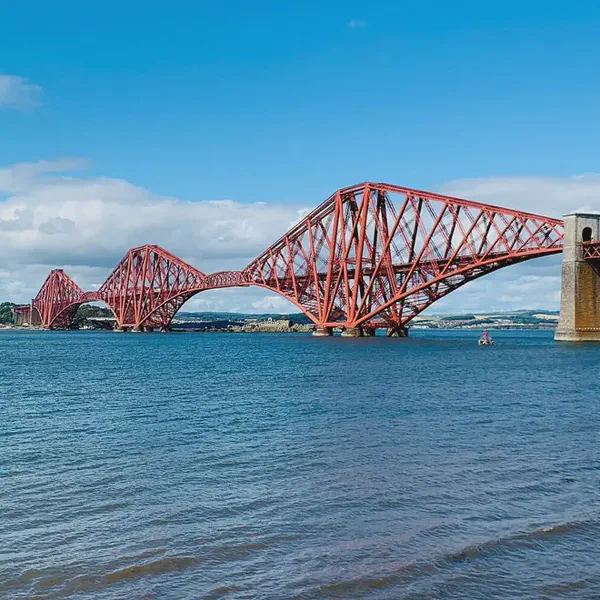
The Forth Bridge is a cantilever railway bridge across the Firth of Forth in the east of Scotland, 9 miles (14 kilometres) west of central Edinburgh. Completed in 1890, it is considered a symbol of Scotland (having been voted Scotland’s greatest man-made wonder in 2016), and is a UNESCO World Heritage Site.
It was designed by English engineers Sir John Fowler and Sir Benjamin Baker. It is sometimes referred to as the Forth Rail Bridge (to distinguish it from the adjacent Forth Road Bridge), although this is not its official name.
Construction of the bridge began in 1882 and it was opened on 4 March 1890 by the Duke of Rothesay, the future Edward VII. The bridge carries the Edinburgh–Aberdeen line across the Forth between the villages of South Queensferry and North Queensferry and has a total length of 8,094 feet (2,467 m). When it opened it had the longest single cantilever bridge span in the world, until 1919 when the Quebec Bridge in Canada was completed. It continues to be the world’s second-longest single cantilever span, with a span of 1,709 feet (521 m).
The bridge and its associated railway infrastructure are owned by Network Rail.
More From This Day




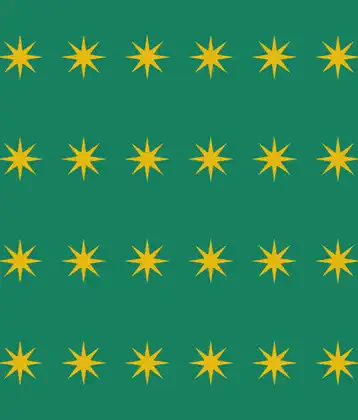

Daniel Mannix, Archbishop of Melbourne and advocate of Irish independence, is born in Charleville, Co. Cork
March 04, 1864
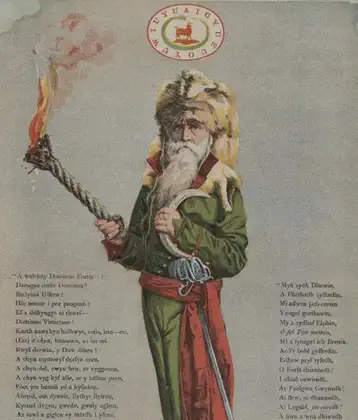
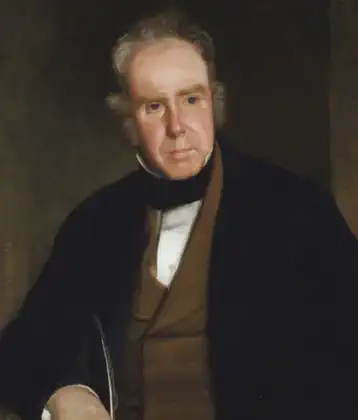
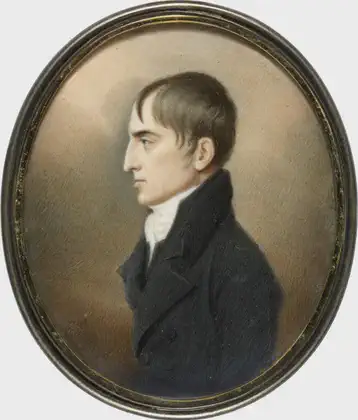
Robert Emmet, one of Irelands most famous revolutionaries, is born in Dublin
March 04, 1778
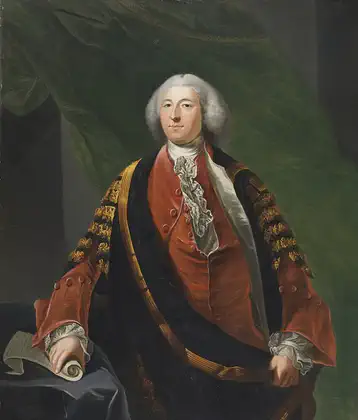
John Ponsonby resigns as Speaker of the Irish parliament for political reasons
March 04, 1771
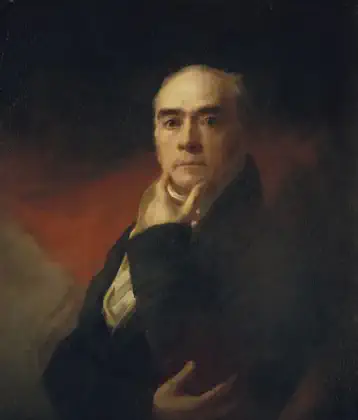

Penal law to prevent the further growth of property restricts landholding rights for Catholics
March 04, 1704